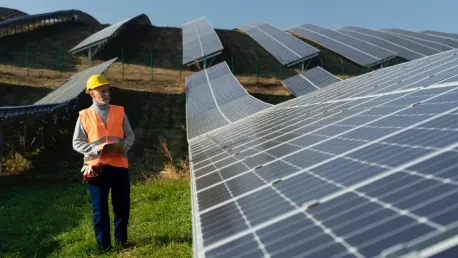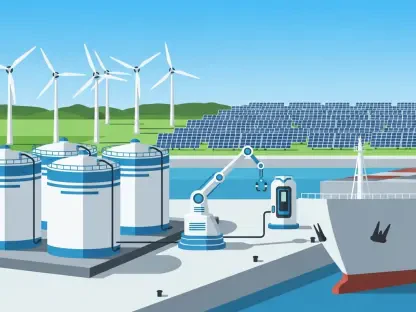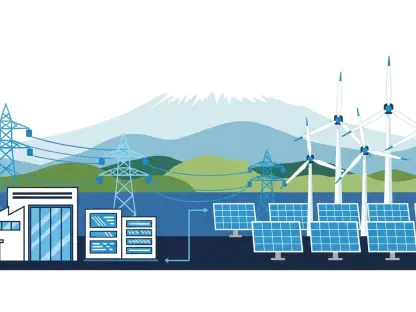In an exciting breakthrough in renewable energy, Chinese researchers have developed an innovative artificial leaf that mimics the sun-tracking capabilities of real leaves to enhance solar energy and fuel production. By focusing on bio-inspired designs, the researchers have crafted a system that not only increases solar fuel efficiency but also paves the way for advancements in sustainable energy solutions.
Ingenious Design and Functionality
The artificial leaf consists of flexible, solar-powered electrodes coated in a protective gel. One of the key components is carbon nanotubes embedded within a temperature-sensitive polymer. When exposed to sunlight, these nanotubes heat up, causing the polymer to contract in the illuminated regions and expand in the shaded parts, thus bending the leaf towards the light source. This natural tracking mechanism eliminates the need for motors or additional equipment, providing an elegant and efficient solution.
Enhanced Solar Energy Capture
Compared to traditional fixed solar systems, the artificial leaf showed a remarkable improvement in solar energy capture and water-splitting efficiency. The leaf produced up to 866% more hydrogen and oxygen fuel when light struck it at an optimal angle. This significant boost in efficiency highlights the potential of this technology to outperform conventional solar panels, especially under conditions where light optimization is crucial.
Underwater Performance
One of the most impressive features of the artificial leaf is its ability to operate effectively underwater. Traditional solar panels often face limitations in aquatic environments due to poor light penetration and efficiency losses. However, the leaf’s protective hydrogel coating emulates plant cell cytoplasm, allowing water to enter and waste gases to escape. During a rigorous 65-hour continuous operation, the leaf retained an impressive 73% of its initial activity, showcasing its durability and practical application in underwater contexts.
Addressing Challenges
Despite these promising results, the researchers recognize the challenges that remain before this technology can be implemented on a wide scale. One significant issue is the degradation of the nanotube structural elements over multiple cycles, which affects the light-tracking response times. Additionally, environmental factors like wind and water currents can reduce the motion and efficiency of the leaf, presenting another obstacle to overcome.
Pioneering Bio-Inspired Designs
The overarching trend in this research is the move towards bio-inspired designs that have the potential to revolutionize solar energy and fuel production. By mimicking nature’s efficient mechanisms, such as sun-tracking, the artificial leaf addresses the fundamental problem of angular dependence in solar energy capture. This innovative approach not only improves efficiency but also provides insights into developing more autonomous and sustainable energy systems.
Future Considerations
The implications of this research extend far beyond just improving solar fuel efficiency. It could drive further innovations in renewable energy, making it a more effective and sustainable solution for future energy needs. This could potentially lead to significant advances in the way we harness and utilize solar power, contributing to more sustainable and environmentally-friendly practices globally.









